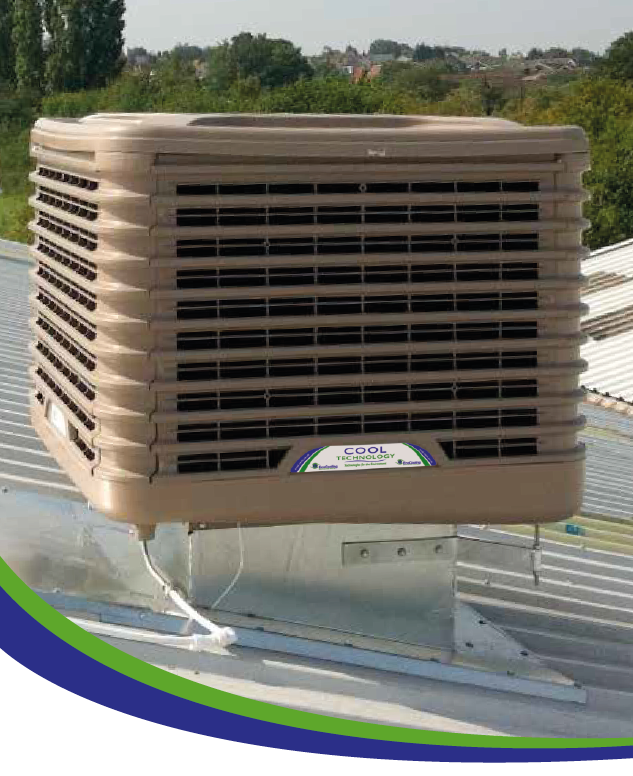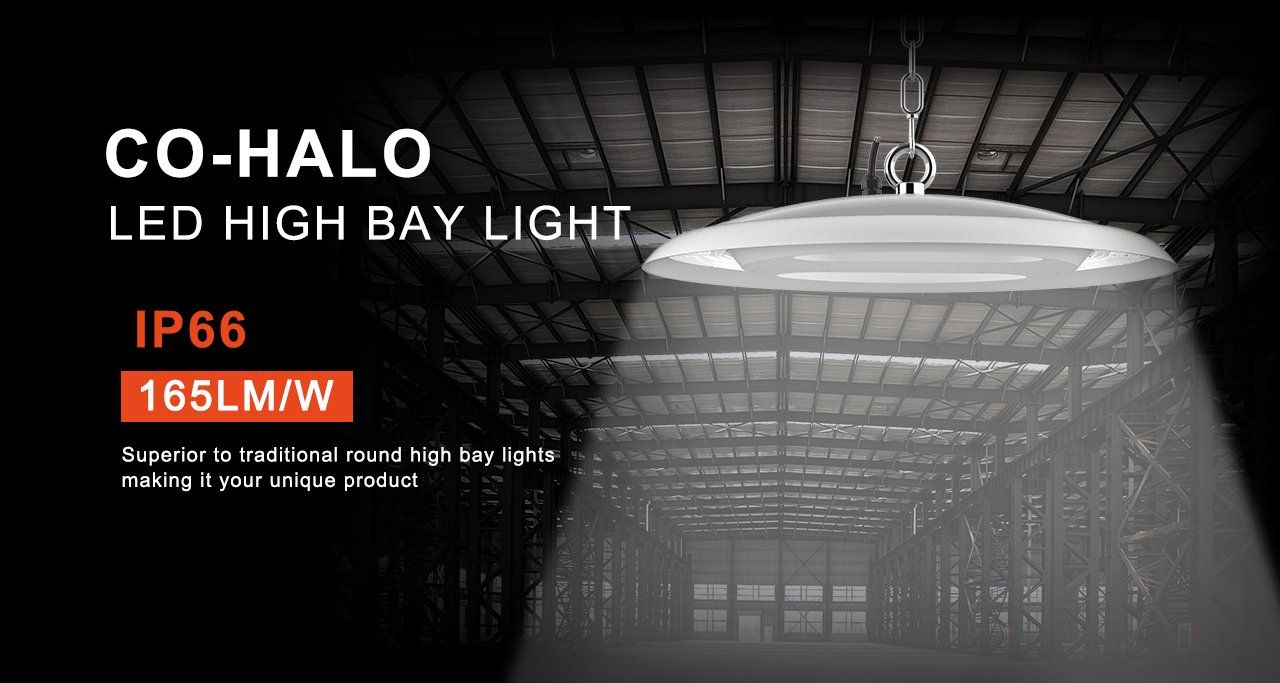Evaporative cooling insights - How hot is too hot?
Everyone’s different. Some of us can spend hours in a hot place and feel fine, others start to wilt as soon as the temperature starts to climb. But the human body has limits whatever we can personally tolerate, and being too hot can quickly affect our performance at work.
What happens to humans when we get too hot?
Our bodies prefer to be at 37°C or 98.6°F, the stable core temperature that suits us best. It’s regulated by the hypothalamus, which monitors things using temperature receptors in our skin. If we get hotter, it takes action. The brain sends nerve impulses to the skin, which begins to sweat, sending blood to the surface where evaporation cools us down.
When it isn’t too hot we can lose heat naturally via something called dry heat loss, simply because our skin temperature is warmer than the environment. So far, so good. But once things soar above 37°C, life starts getting complicated as the body struggles to achieve balance. We sweat more, the sweating gets more intense, and we start to feel tired. Nausea can follow, along with vomiting and diarrhoea.
Sweating means losing liquid, which leaves us at risk of ‘heat syncope’, where the flow of blood to the brain slows down. This can lead to fainting. Add humidity and the impact is more dramatic because it makes it even harder for the body to sweat. Leave it too long and your organs can actually start to cook, risking organ failure.
Some experts say the upper limit of safety, taking humidity into account as well as extreme heat, is 35C or 95F when there’s 100% humidity and 46C or 115F at 50% humidity.
You can read more about the effects of humidity here, particularly important if your commercial premises is naturally humid or easily gets sticky because of the work you do or the materials you use.
If the temperature rises to 39°C or 102.2°F, we can’t lose heat via dry heat loss anymore and we feel very tired because our muscles automatically slow down. We can drink water to stay hydrated but that doesn’t help replace the electrolytes we lose through sweating. The imbalance can create painful cramps. The hotter it gets, the more confused and dizzy we get as we lose yet more fluids. At this point we find it hard to cope with the simplest of tasks.
At the extreme end of things we get heat oedema, when the body dilates the blood vessels to remove as much heat as possible. The blood can pool in the hands and ankles, a sure sign we’re in big trouble.
40°C or 104°F sees our bodies desperate to find water, taking it from our fat cells, muscles, kidneys, and blood. Because there’s so little water left our vital organs and brain start to shut down and our cells begin to deteriorate. When the body can’t pump blood to the skin any more our cooling system fails and we can’t sweat. This usually happens at around 41°C or 105.8°F but as we’ve said, it can occur at lower temperatures when it’s humid as well as hot.
Once the body is too hot inside and out, blood flow to the brain reduces and the pressure in the skull soars. When damaged tissue gets into the bloodstream our kidneys fail. If it hits 49°C or 120°F the heat starts to destroy cells causing permanent damage through heat stroke, which comes with a 10% mortality rate. If you’re particularly young, old or obese you’re at more risk.
As temperatures continue to rise thanks to climate change, more of us are at risk of heat-related illnesses. But it doesn’t have to get that much hotter before people start to struggle at work. To perform at our best we need a stable core body temperature.
Exposure to extreme heat reduces worker productivity indoors in manufacturing, food, transport and other commercial settings where the environment isn’t effectively climate-controlled. Take the USA, where the
output in car manufacturing facilities was 8% lower in weeks with six 90°F (32.2°C)
days. Judges, financial traders and government officials have also been revealed to be less productive when it’s too hot.
At the same time heat fatigue can drive more workplace injuries, including non-heat-related injuries like falling from a height or being hurt by a machine. One study using data from two decades of workplace injuries showed how working on days when it was hotter than 100F boosts non-heat-related injuries by as much as 6%, with obvious impacts on production and output as well as potential insurance claims by workers. On a nationwide scale, GDP is always lower in hot years. In fact some say a 1C hotter year creates a 2% decline in overall economic activity, a substantial loss.
Evaporative cooling keeps business going
We all want to cut our CO2 footprint to the minimum. We all want to slash our energy costs. That’s what we do.
Contact
CoolTech now for a free, no obligation discussion. We reckon you’ll find it inspiring.










